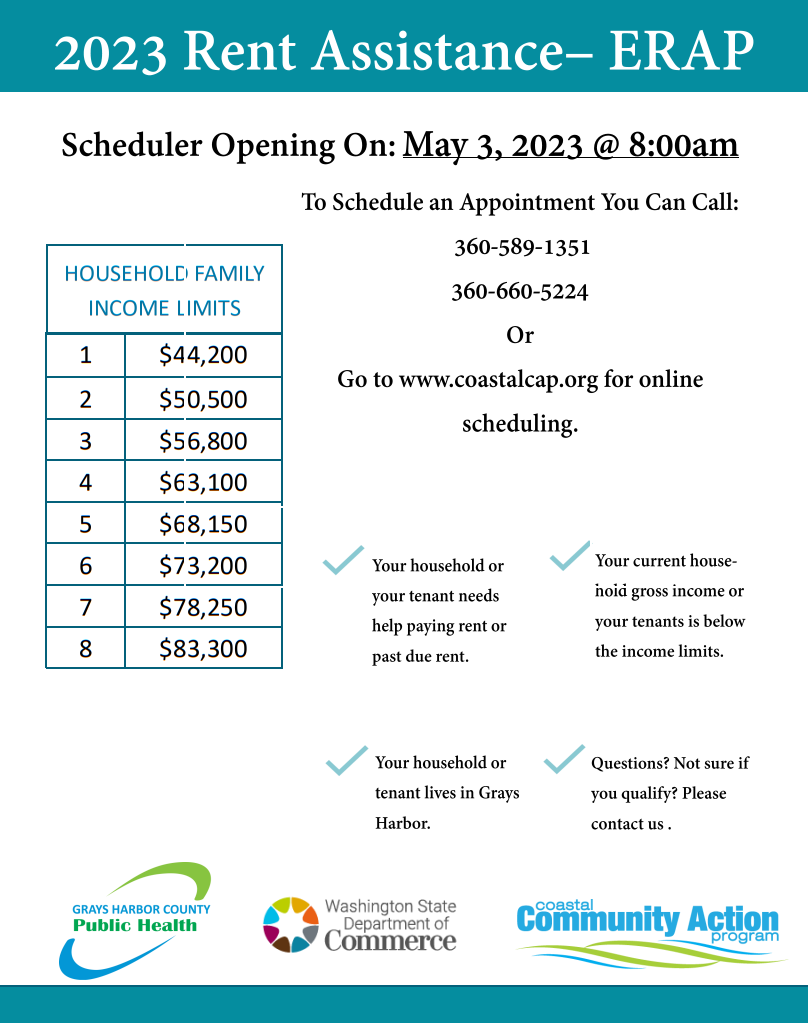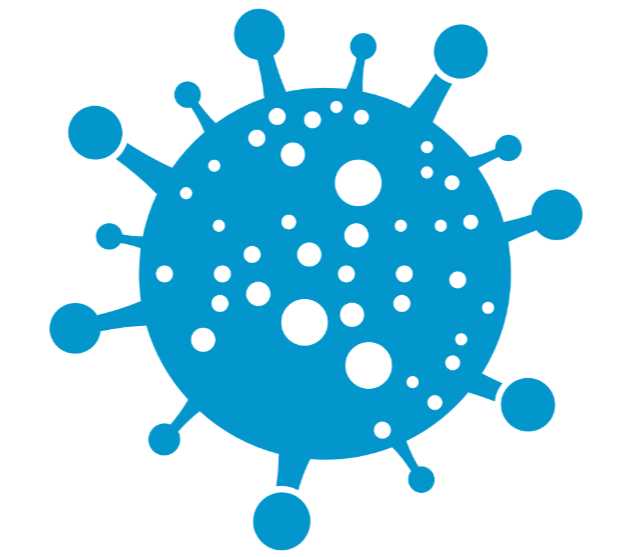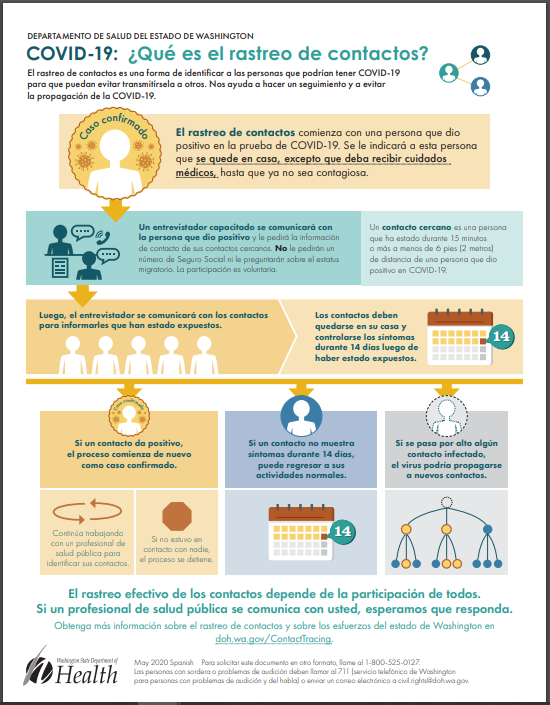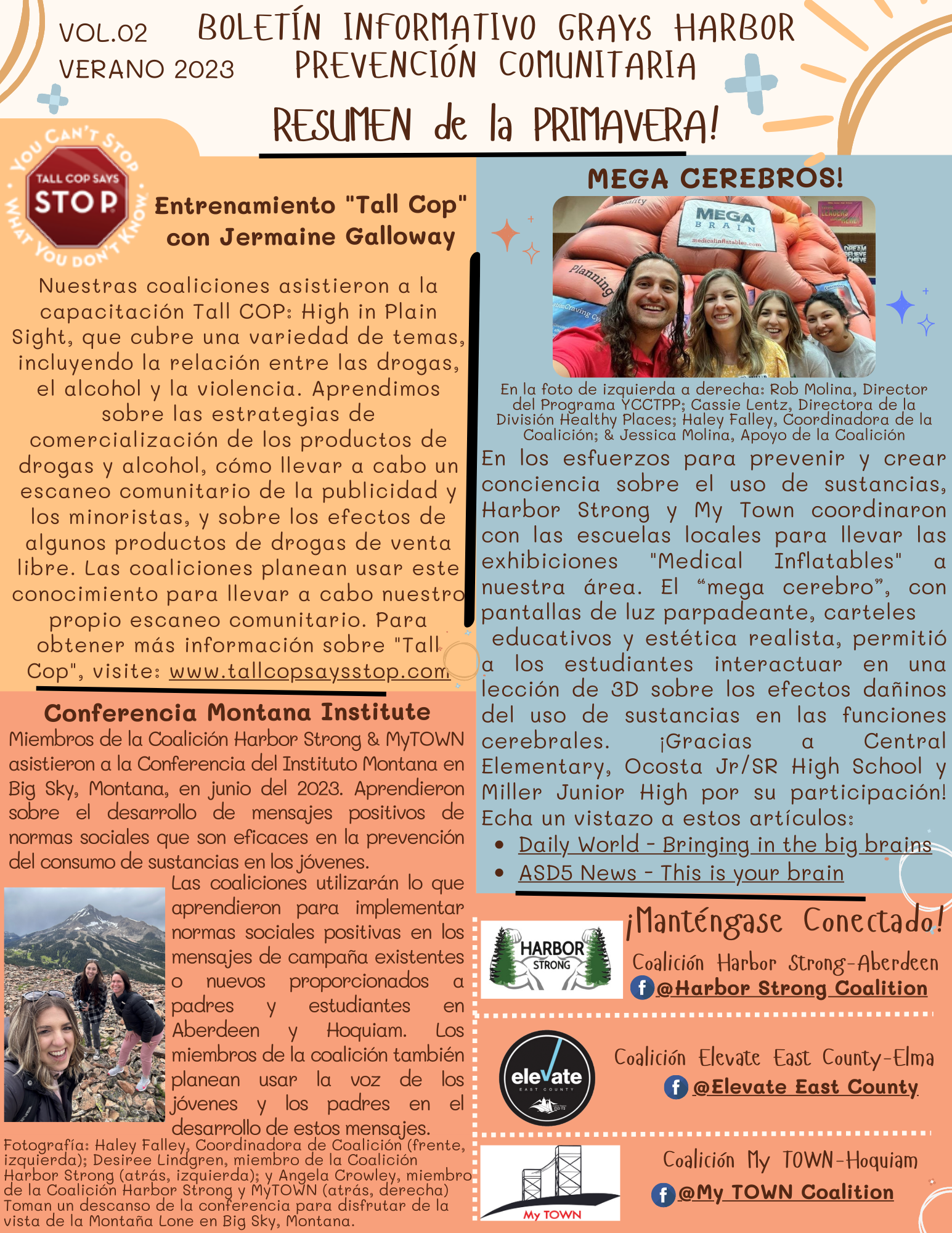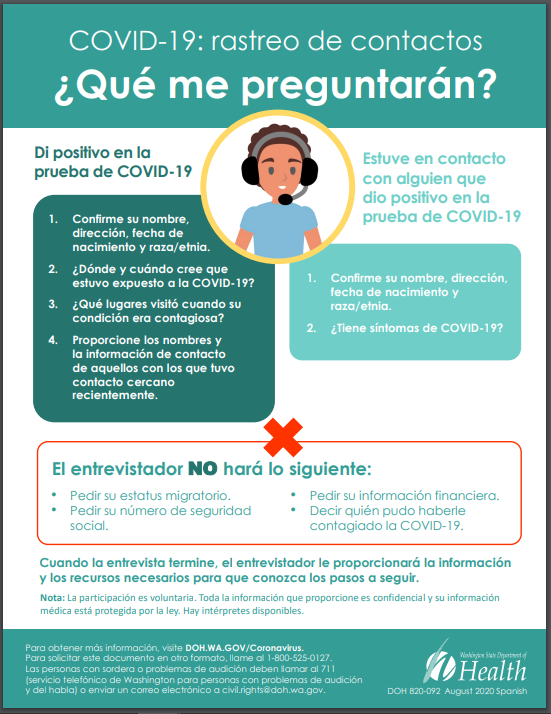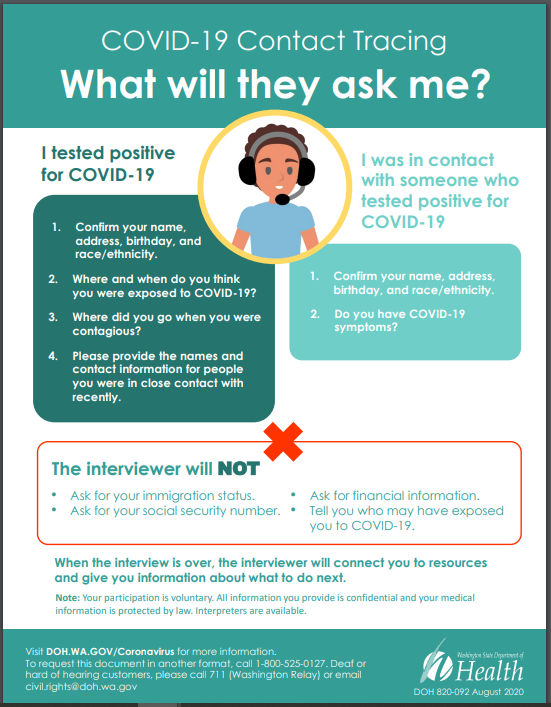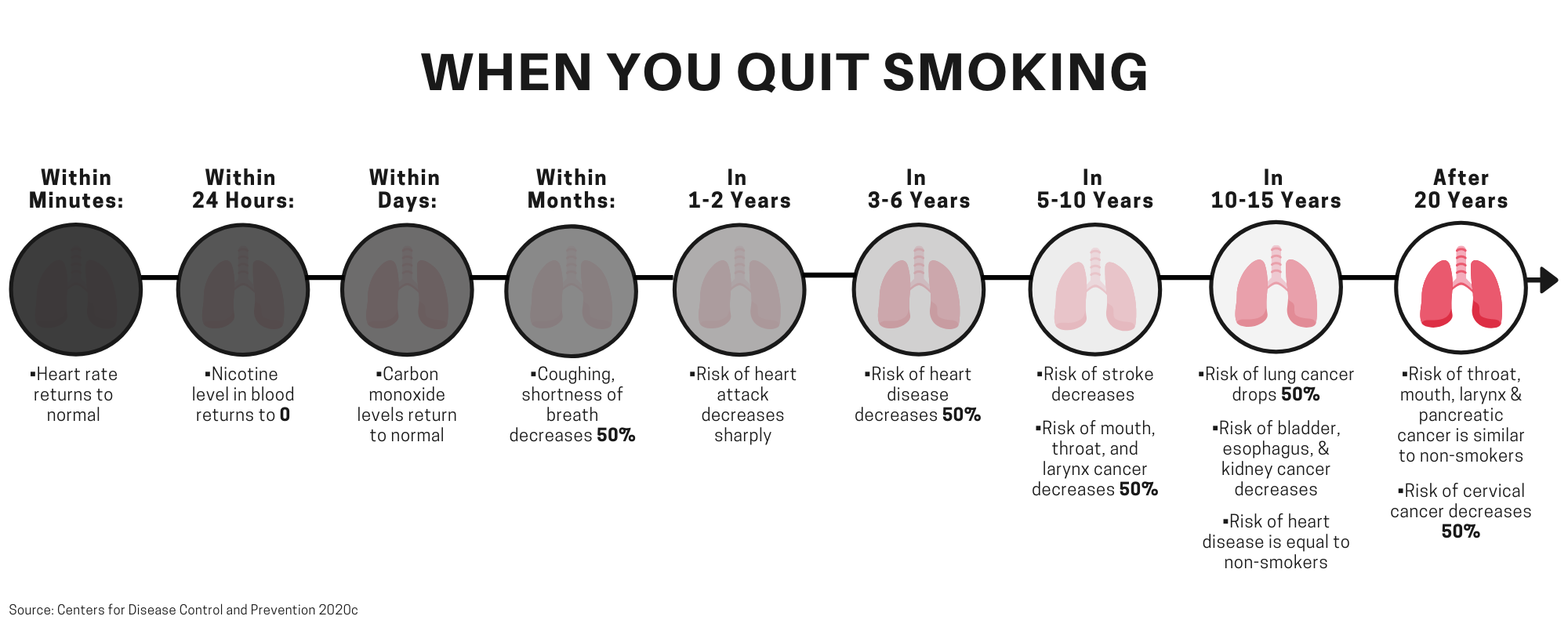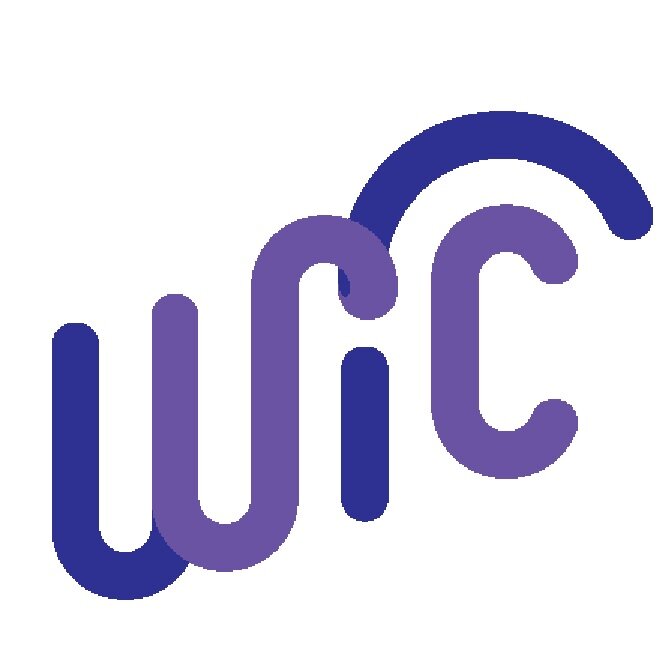Mental Health Request for Proposals Questions and Answers
Questions due by April 19 to clentz@graysharbor.us
Q: Can funds from this RFP be used to cover out-of-pocket costs for treatment services for under-insured clients? It would be applied directly to the client balance at the agency level, not paid to the client.
A: If part of a successful/awarded proposal yes these would be allowable expenses.
Q. How long is the funding period?
A. There is no set funding period. The County expects contracts to be executed approximately July 2023, or that meaningful progress is made on contract negotiations/project finalization by October 2023.
Q. How many award recipients or grantees can be expected?
A. There is not a set number of awards or recipients. It will depend on the proposals received and the evaluation process, along with total budget.
Q: Is the RFP is only for mental health services, or does it include early intervention programs? Is the RFP accepting innovative programs for prevention? Are contractors and full-time employees contracted under the grant accepted in the budget?
A: The RFP is to improve access to mental health services. Contractors and full-time employees could be included in budget submitted with proposal.
Q: Can a for-profit entity apply?
A: Yes, so long as the contract/scope of work for awarded project includes actual, reasonable, and eligible expenses on a cost reimbursement basis.
Q: Is there a break-down of how much of the available funds will be invested in prevention, intervention, recovery supports, etc.?
A: No. Proposals will be evaluated based on their ability to demonstrate increased access to mental health services.
Q: Is there a limit/maximum funding request per application/proposal?
A: No. Proposals will be considered up to the maximum budget of the RFP – $1,000,000
Q: Is there specific data the County requires to be collected for successful projects?
A: No. Part of proposal narratives should outline metrics of success and how it will be measured/reported.
Q: Is the County seeking proposals to increase access to substance use services or only mental health services?
A: Proposals may include increased access to mental health and substance use services but must include increased access to mental health services as part of the proposal to be eligible.
Q: Is it required that services can begin July 1, 2023?
A: No. The County expects contracts to be fully executed by July 1, 2023 and/or meaningful progress made on project finalization by October 1, 2023. Services may begin after those dates.
Q: Can these funds serve non-Medicaid/uninsured individuals?
A: RCW 82.14.460 does not specify specific eligible or ineligible groups to receive behavioral health services funded by these dollars.
Q: Can funds be used to recruit necessary workforce?
A: Potentially. Proposals must outline a model to increase access to mental health services and all activities and expenses must be reasonable and allowable under that model.
Q: Can funds support implementation/startup costs?
A: Yes – assuming those costs are part of an approved model to increase access to mental health services and all activities and expenses are reasonable and allowable.
Q: Do you have a budget template agencies need to use?
A: No
Q: Is there a cap on administration costs?
A: No specific cap. Proposals will be evaluated on their overall model and determination activities and expenses are necessary, reasonable, and allowable.
Q: Will the resulting contracts be operated on a cost reimbursement basis? Are there limitations on how much of the contract can be billed/reimbursed up front?
A: Yes, contracts will be on a cost reimbursement basis for approved and actual expenses. There are no restrictions or requirements to ration funding requests other than the maximum contract budget. I.e. agencies can do the majority of the work up front, bill for, and be reimbursed for those expenses as long as it is within scope of work and budget of the contract and expenses have been incurred and paid by the contractor.
Q: Can these funds support direct services?
A: Yes, if those services can be demonstrated they cannot be covered under other fund sources like MCOs/BHASOs, other grants, etc.
Q: Do you have specific needs/subpopulations you are prioritizing?
A: No
Q: What is the review/award process?
A: An evaluation committee will review qualified proposals that meet the threshold criteria using the evaluation criteria outlined in the RFP. The committee may ask the proposing agencies to share additional information and/or be available for a question-and-answer forum. They will make recommendations to the Board of County Commissioners who can accept, reject, or revise their recommendations. Public Health staff will work with apparently successful bidders to negotiate the terms of contracts and implement programs/projects.
Q: Will contracts be for one year?
A: There is not a specified time period for contracts that result from this RFP.
